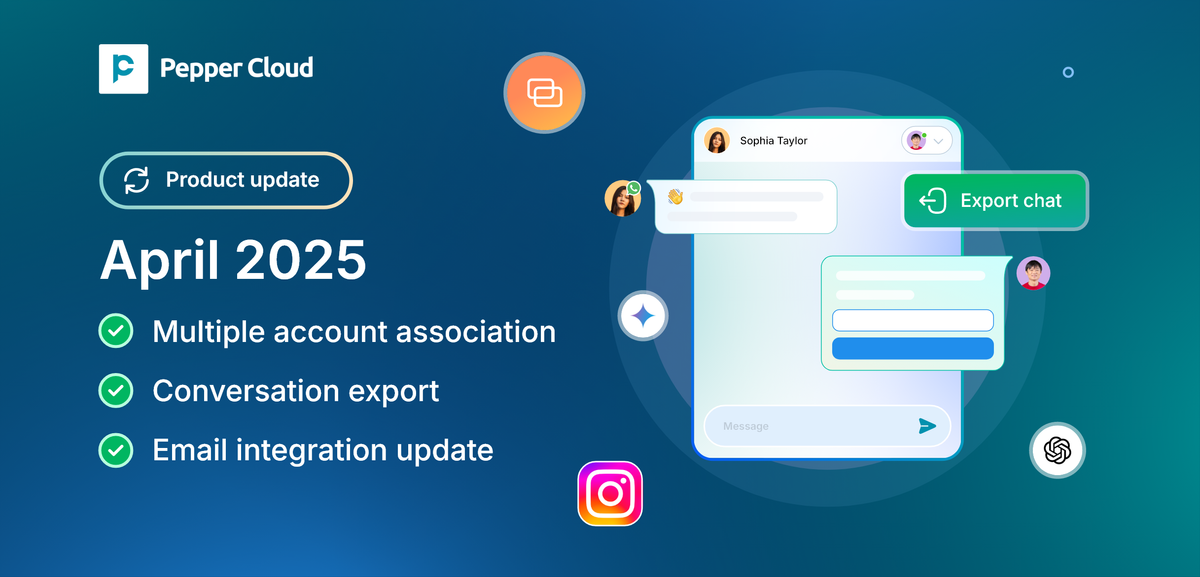Account management made easy!
Simplify customer account management with Pepper Cloud CRM. Track interactions, organize client data, and boost productivity, all in one place.

Strong customer relationships are often built on how well the companies are serviced throughout the customer life cycle. However, for growing businesses, the challenge is to monitor and maintain all the company accounts and ensure that the accounts managers are engaging with accounts regularly.
Account management is typically associated with nurturing the accounts, retaining them, and driving sales manifold while adding value to the customers’ businesses. The challenges associated with monitoring and maintaining the accounts can be conveniently overcome with proper account management activities. However, most of the Sales CRM’s lack this capability resulting in poor account management.

Recently, we surveyed the wider Pepper Cloud user community to determine the needs of the sales managers and account managers. Here are some of the findings of the survey.
- 43% of the respondents struggled with visualising their accounts' total sales opportunity pipeline.
- 30% of the respondents believed that their revenue dipped because they struggled to target the accounts which offered more business opportunities.
- 64% of the respondents stated that they had to visit each account record to ensure they are being serviced by their account managers properly.
- 42% of the respondents agreed that segmenting accounts is the key, but they faced challenges due to the lack of data points.
At Pepper Cloud, we believe that the problems are meant to be solved.

We then proceeded to create a focus group of 25 core users. During focus group discussions, they discussed, in threadbare fashion, the common challenges in account management, and the data points that would help users in actively managing their accounts.
Based on multiple rounds of discussion and feedback, we came up with one layout for accounts that provides the users with actionable insights and summarises everything about the accounts.
So what's new?
We all know that account management strategy varies from account to account. Companies need to segment their existing accounts based on the value of open opportunities, number of touchpoints, industry type and the like.
The new aggregated view in the accounts module allows the users to have an overview of all existing accounts and provides them relevant details for easier management and review.

Accounts overview
With this new view, users can now get a preview of all opportunities (number and value) in the pipeline for selected accounts and manage their accounts accordingly.
This view can provide insights such as the last activity date or last event date associated with that account.
Activity timeline
With the new activity timeline feature, account managers could easily find out the level of activity associated with a particular account. We have provided two views for the activity timeline - bubble view and bar view. Users can choose the view they like.
Users now can conveniently check accounts related activity visually and can further get details on the total number of activities and their breakup in a given timeframe. This will help account managers to focus on accounts on which there is little activity and craft a plan to engage with such accounts

Account sorting with multiple parameters
We have introduced new sorting options. With these, you can sort existing accounts based on parameters such as account name, the number of open, won and lost opportunity values. So, if you wish to focus on accounts where you have maximum closure (won) or existing opportunities (open), all you have to do is sort accounts accordingly.
Get a glimpse of how the new aggregated view can help you manage your accounts efficiently in this video.
So go ahead and explore the power of new accounts. Let us know your feedback and suggestions!
If you wish to receive new product updates regularly, subscribe to our blog.








